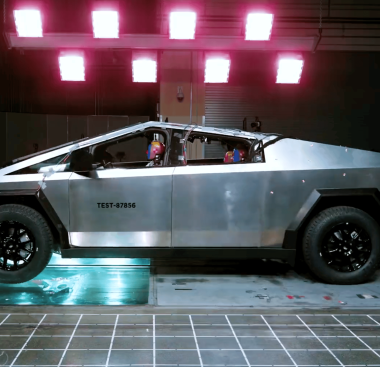Which industry did Tesla enter into was it an attractive industry?
Tesla entered the electric vehicle (EV) industry, which can be considered an attractive industry due to several factors. Firstly, the trend towards cleaner energy and reducing carbon emissions has led to increased demand for EVs, creating a growing market for companies like Tesla.

Additionally, the EV industry has high potential for innovation and technological advancements, which can lead to competitive advantages for companies that are able to develop new and better products.
Furthermore, the EV industry has high barriers to entry due to the need for significant capital investments in research and development, manufacturing, and charging infrastructure. This can create a more favorable competitive landscape for established players like Tesla, as it may be more difficult for new companies to enter and compete.
Overall, the EV industry can be considered an attractive industry due to its growth potential, potential for innovation, and barriers to entry.
To elaborate further, the electric vehicle industry is attractive because it has the potential to disrupt the traditional automotive industry, which has been dominated by gasoline-powered vehicles for over a century. As more governments around the world enact policies aimed at reducing greenhouse gas emissions and combatting climate change, the demand for EVs is expected to continue to grow.
In addition to the potential for growth and disruption, the EV industry also has the potential for high profit margins. This is because EVs have a simpler mechanical design than traditional gasoline-powered vehicles, which can lead to lower manufacturing costs. Additionally, EVs have lower operating costs than traditional vehicles due to their more efficient use of energy, which can make them more attractive to consumers.
Another factor that makes the EV industry attractive is the potential for vertical integration. Companies like Tesla are not just focused on manufacturing electric vehicles, but also on developing and producing their own batteries and charging infrastructure. This allows them to control the entire supply chain and potentially capture more value from the industry.
However, it's worth noting that the EV industry also has its challenges. These include high capital requirements, regulatory and policy uncertainty, and a need for significant investments in charging infrastructure. Additionally, there is increasing competition in the industry, as more established automotive companies are entering the market with their own EV offerings.
Despite these challenges, the potential for growth, innovation, and profitability in the EV industry makes it an attractive industry for companies like Tesla to enter and compete in.









